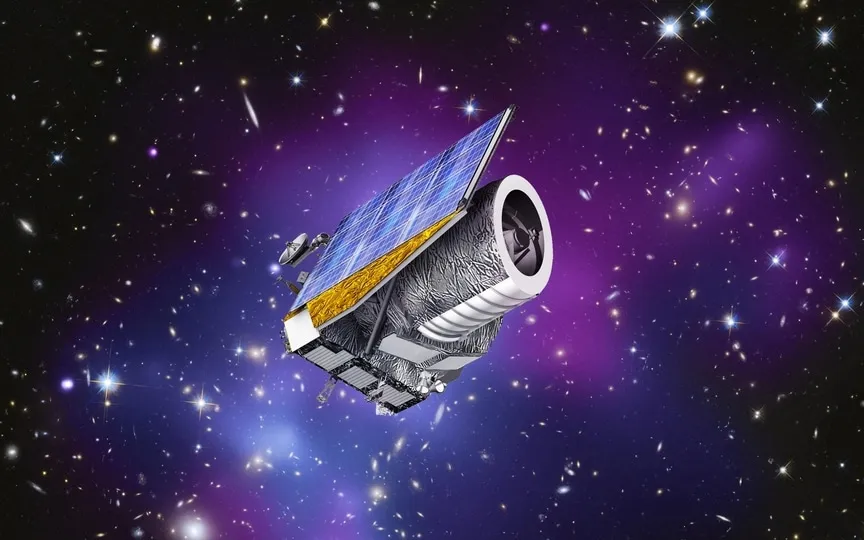NASA and ESA Unite to Investigate the Puzzling Dark Energy
Dark energy and dark matter exist in an invisible realm that surpasses the observable universe in size. NASA and ESA are now actively investigating this enigmatic force to uncover its concealed mysteries. NASA explains that dark energy and dark matter constitute an unseen substance that accounts for the majority of the universe’s mass and forms its fundamental framework. Astonishingly, dark energy makes up 68% of the universe, while dark matter comprises 27%, leaving a mere 5% for the observable entities such as Earth, the Sun, planets, and everything we have thus far perceived. Isn’t that astounding?
For years, scientists have tried to thoroughly study the matter around us. but no sure explanation was found. However, to solve the mystery, NASA and the European Space Agency ESA have joined forces to find out why the expansion of the universe is accelerating. The mission should reveal the role of dark energy in cosmic acceleration. This dark energy is the force accelerating the expansion of the universe, which NASA’s Hubble Space Telescope revealed to the shock of astronomers. Until then, it was believed that the expansion would slow down and eventually recede. But Hubble showed that in the past the universe expanded more slowly than it does today, and that it is actually accelerating.
Now NASA and ESA are studying dark energy together. ESA’s Euclid space telescope is due to launch in July to investigate why the expansion of the universe is accelerating. Scientists call the unknown cause of this cosmic acceleration “dark energy.” By May 2027, NASA’s Nancy Grace Rome Space Telescope will join Euclid in revealing the secrets of dark energy. It will determine whether the accelerated expansion of the universe is due to an additional energy component or whether it indicates that our understanding of gravity needs to be changed in some way, NASA says.
“With these upcoming telescopes, we will measure dark energy in different ways and with much greater precision than previously achieved, ushering in a new era of studying this mystery,” said Jason Rhodes, senior scientist at NASA’s Jet Propulsion Laboratory in Southern California. .
Contributions of Roman and Euclid
According to NASA. both Euclid and Roman are designed specifically to study cosmic acceleration, but both have different strategies. Both telescopes create 3D maps of the universe to study the fundamentals of the universe’s structure and history.
Because Euclid observes more of the sky at infrared and optical wavelengths, it covers about 15,000 square degrees of the sky. As the universe ages, it looks like 10 billion years to about 3 billion years.
The Roman survey covers a smaller area, about 2,000 square meters, but with precision and depth. It also explores closer galaxies and regions outside our solar system.
“Together, Euclid and Roman are much more than the sum of their parts,” said Yun Wang, a senior scientist at Caltech/IPAC in Pasadena, California, who has led the galaxy cluster science teams for both Euclid and Roman. “Combining their observations gives astronomers a better understanding of what’s really going on in the universe.”




